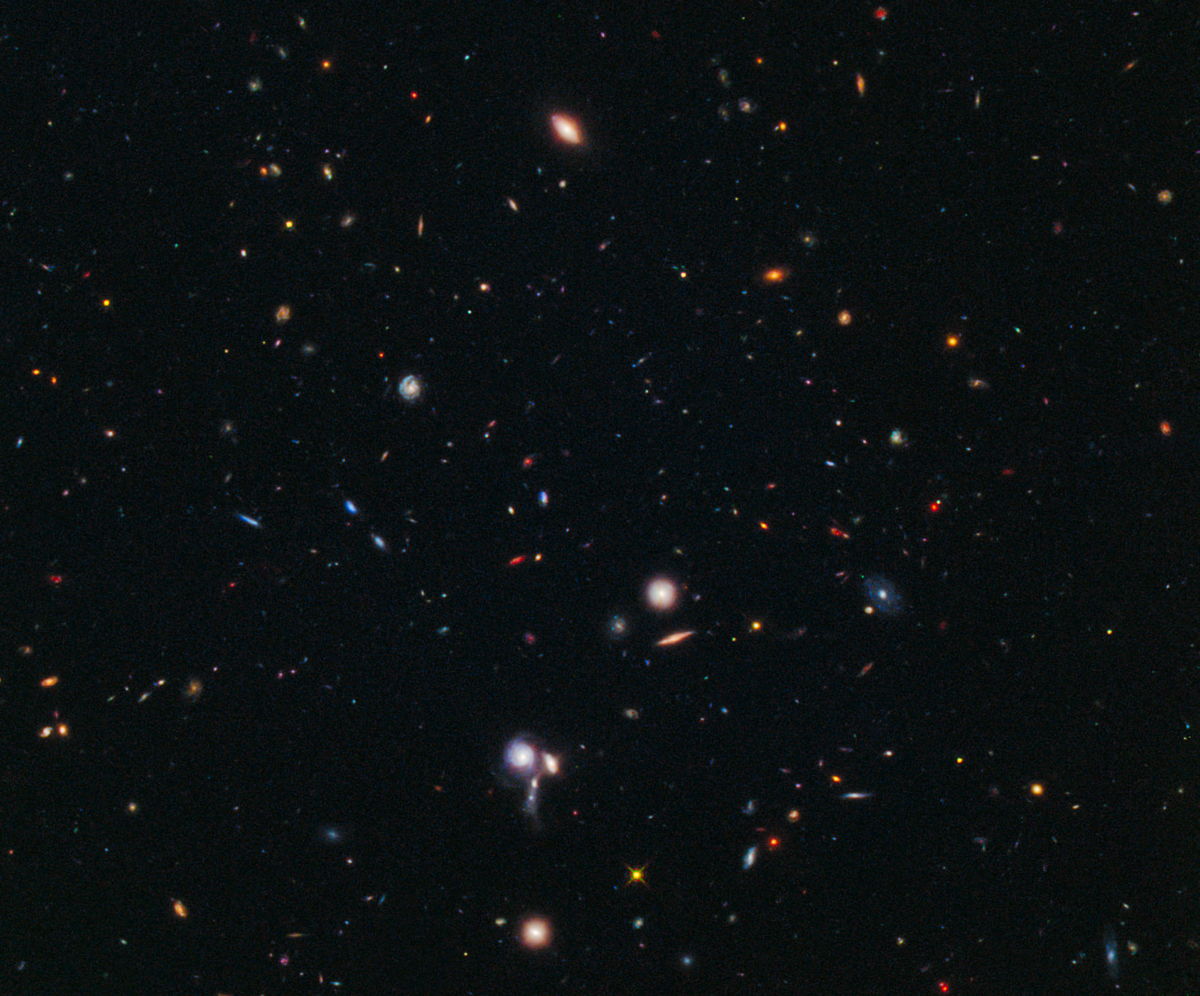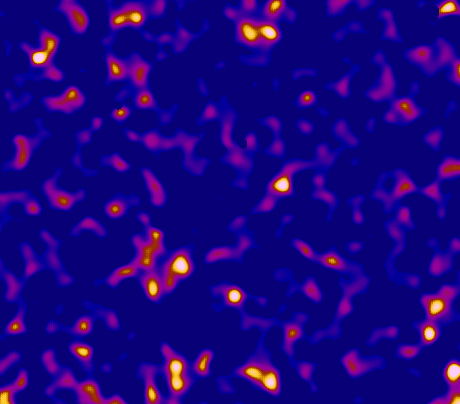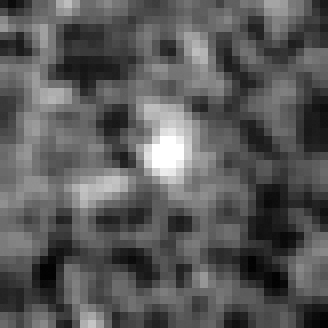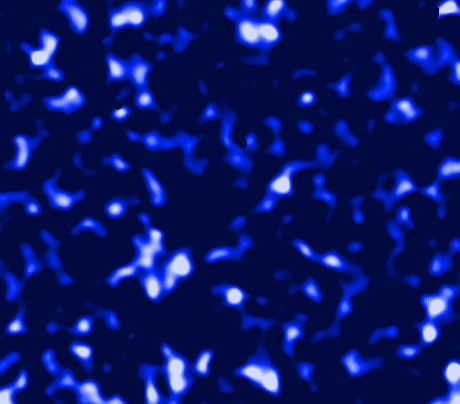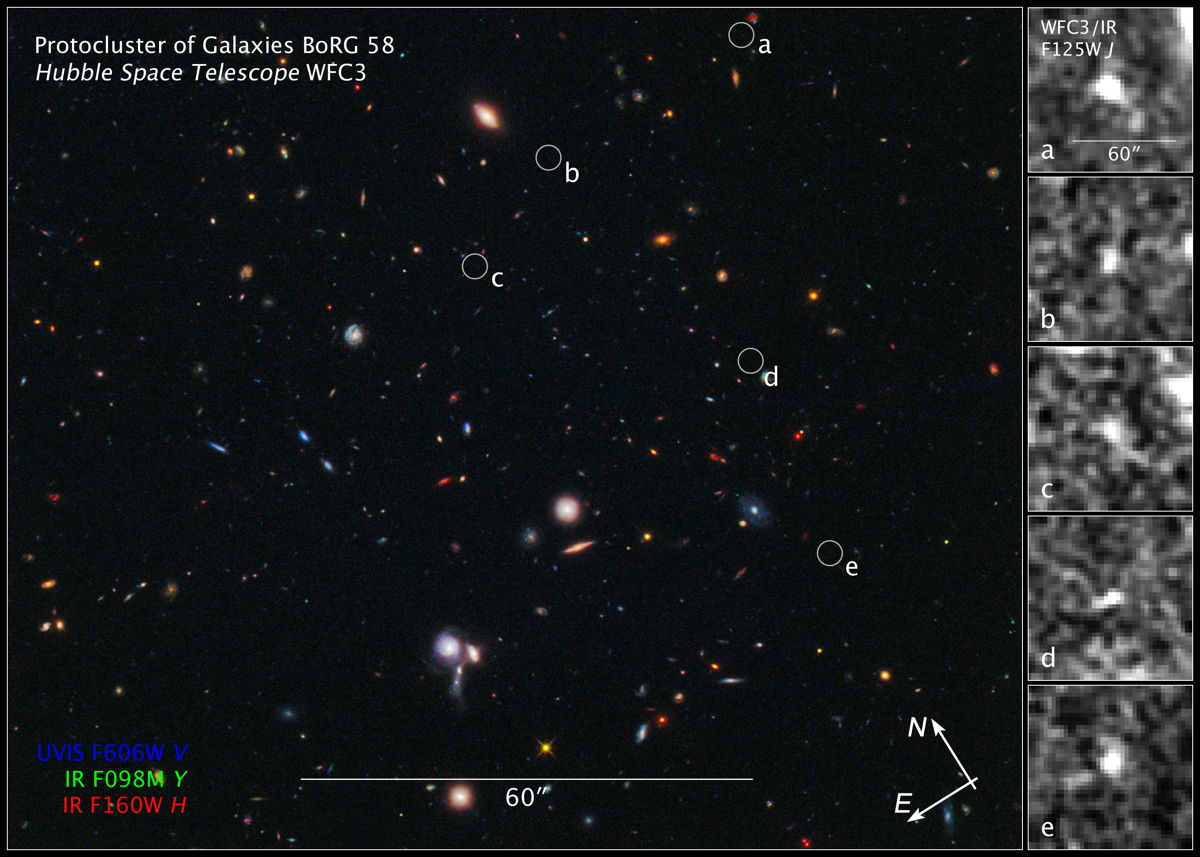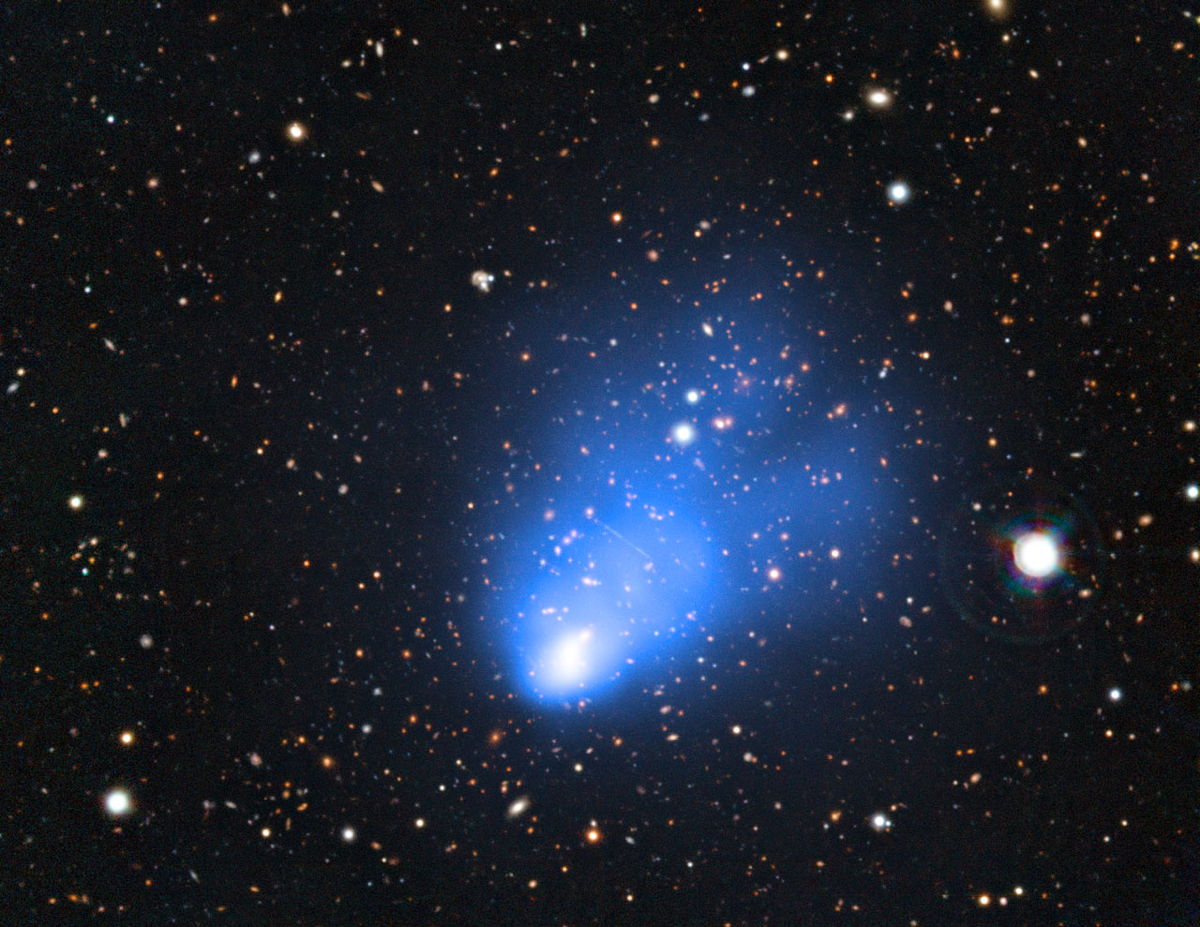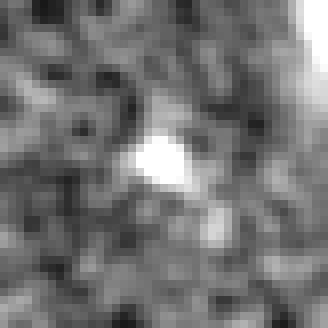Space Photos & Images from the 219th American Astronomical Society Meeting
Hubble Pinpoints Farthest Protocluster of Galaxies Ever Seen
This image, released on Jan. 10, 2012, shows the farthest primitive galaxy cluster yet known in a image of the BoRG 58 region.
Winter Dark Matter Alternative Color
The observations show that dark matter in the Universe is distributed as a network of gigantic dense (light) and empty (dark) regions, where the largest dense regions are about the size of several Earth moons on the sky.
Dark Matter Densest Regions
The densest regions of the dark matter cosmic web host massive clusters of galaxies.
Hubble BoRG 58 Candidate Galaxy - e
This image, released on Jan. 10, 2012, shows a close-up of the farthest primitive galaxy cluster yet known in a image of the BoRG 58 region.
Dark Matter Surveyed by Canada-France-Hawaii Telescope, Winter
The observations show that dark matter in the Universe is distributed as a network of gigantic dense (white) and empty (dark) regions, where the largest white regions are about the size of several Earth moons on the sky.
Compass and Scale Image of Borg 58 Galaxy Field
This image, released on Jan. 10, 2012, shows the farthest primitive galaxy cluster yet known in a image of the BoRG 58 region.
El Gordo — A "Fat" Distant Galaxy Cluster
This picture of the galaxy cluster ACT-CL J0102-4915 combines images taken with ESO’s Very Large Telescope with images from the SOAR Telescope and X-ray observations from NASA’s Chandra X-ray Observatory. The X-ray image shows the hot gas in the cluster and is shown in blue. This newly discovered galaxy cluster has been nicknamed El Gordo — the "big" or "fat one" in Spanish. It consists of two separate galaxy subclusters colliding at several million kilometres per hour, and is so far away that its light has travelled for seven billion years to reach the Earth.
Breaking space news, the latest updates on rocket launches, skywatching events and more!
Hubble BoRG 58 Candidate Galaxy - a
This image, released on Jan. 10, 2012, shows a close-up of the farthest primitive galaxy cluster yet known in a image of the BoRG 58 region.
Hubble Spies Building Blocks of Most Distant Galaxy Cluster
This image, released on Jan. 10, 2012, shows the farthest primitive galaxy cluster yet known in a image of the BoRG 58 region.

Space.com is the premier source of space exploration, innovation and astronomy news, chronicling (and celebrating) humanity's ongoing expansion across the final frontier. Originally founded in 1999, Space.com is, and always has been, the passion of writers and editors who are space fans and also trained journalists. Our current news team consists of Editor-in-Chief Tariq Malik; Editor Hanneke Weitering, Senior Space Writer Mike Wall; Senior Writer Meghan Bartels; Senior Writer Chelsea Gohd, Senior Writer Tereza Pultarova and Staff Writer Alexander Cox, focusing on e-commerce. Senior Producer Steve Spaleta oversees our space videos, with Diana Whitcroft as our Social Media Editor.
